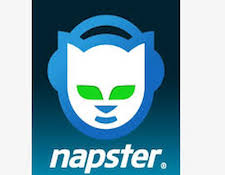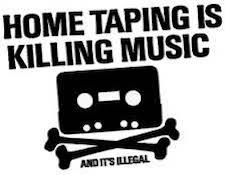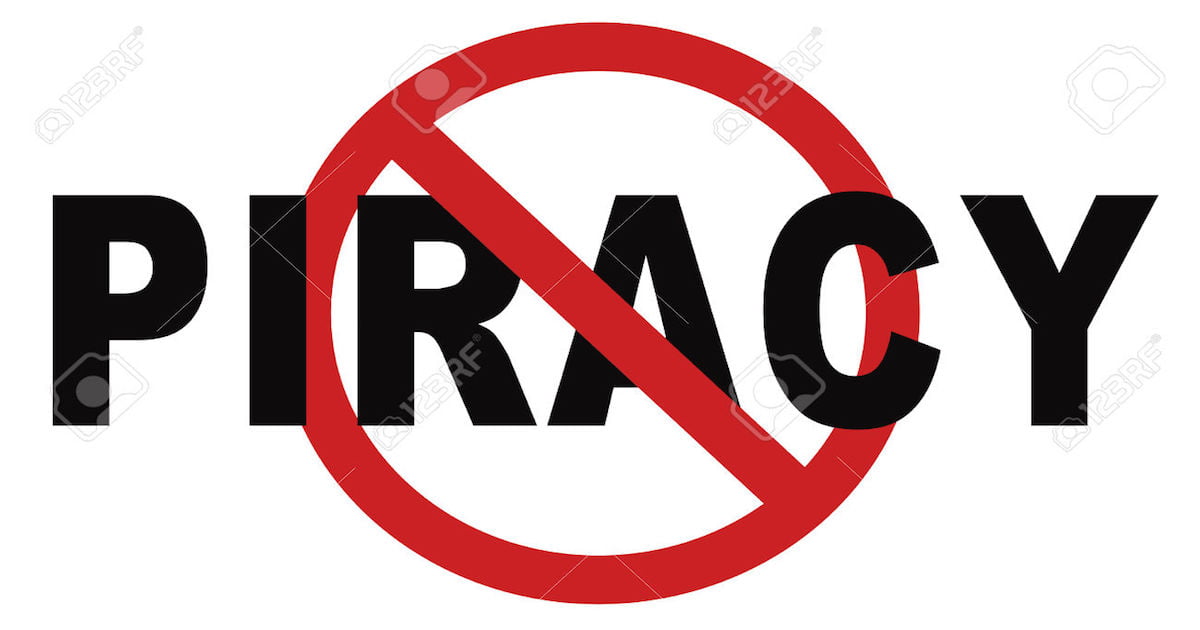It’s the time of year for saving money!
I suppose it started in earnest in 1965, the same year that Mr. William P. Lear introduced what became known to the world as the 8-track player. For several years, Lear had been using a 4-track player in his line of corporate jets. In so doing, his planes could take music to places radio could not. However, being the perfectionist he was, Lear simply found the whole concept of 4-track audio players less than desirable. In 1965, Lear, already friends with the automobile executives to whom he sold planes, and in conjunction with Ford, added his recently designed and manufactured 8-track player to the Mustang. Portable car audio was essentially born. And basically, so was audio piracy.
 In the time leading up to the birth of the 8-track, illegal copy of records and LP’s certainly existed, but was not very widespread. Most average criminals simply didn’t have a record pressing plant at their disposal so making and selling illegal vinyl was not very pervasive. However, an 8-track proved a tempting criminal enterprise to those with a little knowledge, some basic recording equipment, and the making of illegal copies of commercially produced, and copyrighted music hit its stride.
In the time leading up to the birth of the 8-track, illegal copy of records and LP’s certainly existed, but was not very widespread. Most average criminals simply didn’t have a record pressing plant at their disposal so making and selling illegal vinyl was not very pervasive. However, an 8-track proved a tempting criminal enterprise to those with a little knowledge, some basic recording equipment, and the making of illegal copies of commercially produced, and copyrighted music hit its stride.
Next, of course, came cassettes, those marvelous little things that replaced the cumbersome physicality of 8-tracks; not to mention the seriously irritating habit of having a “click, click” in the middle of the song when the track changed. People everywhere were making their own copies of music on cassette – recorded from a variety of sources – radio, LP and for those serious enough to own the best, reel to reel players. Naturally, the ease and convenience of recording cassettes proved very tempting to those criminals out for a quick buck.
 Often you would see them at places like country gas stations, low rent convenience stores, and of course, the guy riding through the parking lot in his twenty-year-old station wagon with cassettes for a dollar or two. All of these illegal cassettes had the same title as the one you might have seen in the record store, but the cover art might not look the same. And the $1.99 (or less) sale price engendered suspicion. Yet the sale and distribution of illegal cassettes prospered – until, that is, Big Brother started paying attention.
Often you would see them at places like country gas stations, low rent convenience stores, and of course, the guy riding through the parking lot in his twenty-year-old station wagon with cassettes for a dollar or two. All of these illegal cassettes had the same title as the one you might have seen in the record store, but the cover art might not look the same. And the $1.99 (or less) sale price engendered suspicion. Yet the sale and distribution of illegal cassettes prospered – until, that is, Big Brother started paying attention.
After reaching a certain level of notoriety, the FBI soon enough took notice. Just as with VCR tapes, and the DVD and Blu-ray versions to come, copying copyrighted material became serious business. Most people paid little attention to the warning on the package but then, those same people weren’t, for the most part, making illegal copies. Criminals, not surprisingly, really didn’t care. Illegal music moved from 8-tracks to cassettes.
Of course the CD is not without it’s own dubious history. Just as with all the formats that have come before, CD’s have been illegally copied and sold since the format’s introduction in the early 1980’s. However, and largely unlike it’s predecessors, CD’s, and later the whole concept of digital and computer audio changed the stakes. In its most simplistic form, copying a recorded piece of music, complete with the copyright protection in place, is, by and large, illegal – except, that is for one’s own private use. If one adheres to the letter of the law, any copyrighted, legally produced CD, purchased for an individual’s own use may be copied to a computer owned by that same person. However, the individual must keep the purchased CD and cannot lend or give it to a separate person to copy into their computer. So every time you’ve innocently lent a CD to your buddy to copy, you’ve essentially broken the law.
 As soon as audio enthusiasts started moving from physical media to computer audio, we saw the birth of Napster, a music service that was one of the forerunners of streaming. Officially classified as a “music share service,” Napster basically eschewed any copyright laws in place by the music companies and the artists. Formed in 1991, it remained a thriving entity until 2001 when the myriad of lawsuits and other legal proceedings against it forced the Napster website to shut down. Happy to get music for free, legions of people were outraged because now they had to, perish the thought, actually pay for music. After officially and permanently taken off line, Napster was sold off piecemeal and exists today as part of Rhapsody as a paid music subscription service.
As soon as audio enthusiasts started moving from physical media to computer audio, we saw the birth of Napster, a music service that was one of the forerunners of streaming. Officially classified as a “music share service,” Napster basically eschewed any copyright laws in place by the music companies and the artists. Formed in 1991, it remained a thriving entity until 2001 when the myriad of lawsuits and other legal proceedings against it forced the Napster website to shut down. Happy to get music for free, legions of people were outraged because now they had to, perish the thought, actually pay for music. After officially and permanently taken off line, Napster was sold off piecemeal and exists today as part of Rhapsody as a paid music subscription service.
Enter streaming. While nothing is foolproof, streaming attempts to remove the simplicity of copying physical media. For those who listen to free services, commercials are played right along with the music to help pay for the site’s operation and payment of music royalties, such as they are. For the price of a subscription, an individual can set up an account, use a password, listen to commercial free music and have the subscription cost drafted from their credit card each month. Listening to music is typically on equipment the licensee already owns. Subscription cost is kept fairly low and revenue is generated by a large number of subscribers. And low and behold, the streaming sites, recording companies, and lastly, the artists are financially compensated – a system that accomplishes what Napster could not.
 In modern times we have the ever evolving Internet. About the time Napster was legally and forcefully shut down, new and innovative web sites started offering free streamed music. Some large, some small, the big question is the legality in how the music is obtained. From the beginning, music has been illegally copied and distributed. This is a condition that won’t likely end soon. Because as long as buyers want something either for free or as closely as possible, there will be those that try to fulfill that desire – whether or not the music is obtained and produced legally or existing copyright laws are broken. Getting something for nothing or somewhere close is motivation enough to entice criminals into nefarious acts. It is therefore up to the buying public to not become beguiled by a cheap price and steer clear of things that look too good to be true.
In modern times we have the ever evolving Internet. About the time Napster was legally and forcefully shut down, new and innovative web sites started offering free streamed music. Some large, some small, the big question is the legality in how the music is obtained. From the beginning, music has been illegally copied and distributed. This is a condition that won’t likely end soon. Because as long as buyers want something either for free or as closely as possible, there will be those that try to fulfill that desire – whether or not the music is obtained and produced legally or existing copyright laws are broken. Getting something for nothing or somewhere close is motivation enough to entice criminals into nefarious acts. It is therefore up to the buying public to not become beguiled by a cheap price and steer clear of things that look too good to be true.








